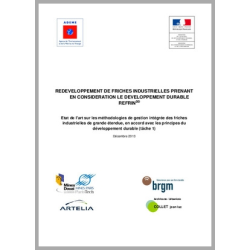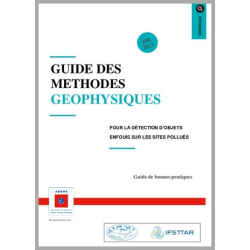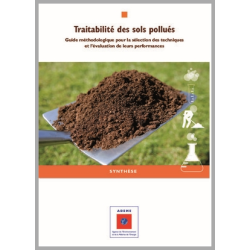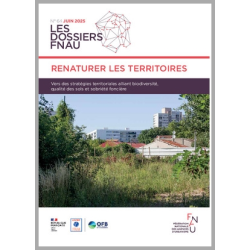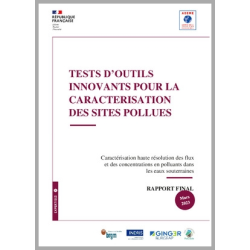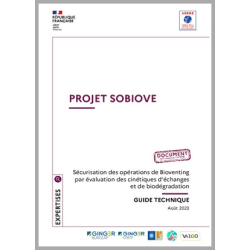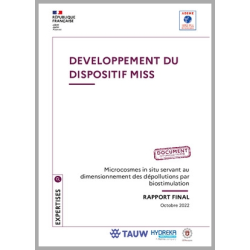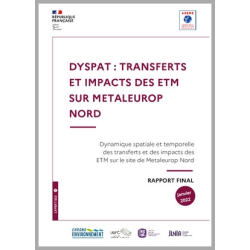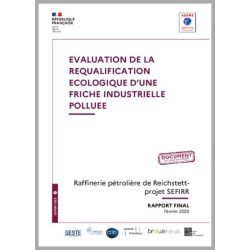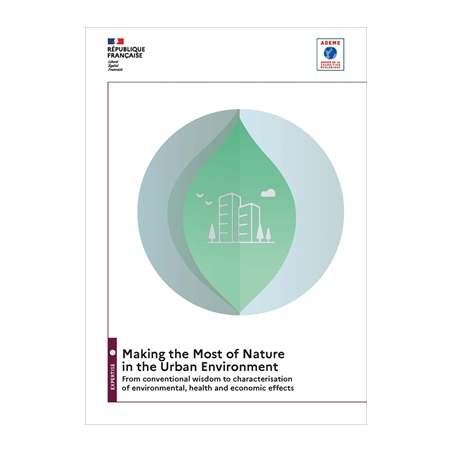
Making the Most of Nature in Urban Environments
Présentation
Urban development and renewal projects face many challenges - maintaining, extending and restoring greenery and natural sites in and around cities. In this publication the concept of nature in cities covers all species that live in urban areas, and their habitats. Urban design and building practices that are intended to introduce and reinforce the presence of nature in cities are guided by many principles, some based on common sense and some on preconceived ideas and conventional wisdom. These principles must be supported by a quantitative approach to the environmental, health and economic effects of nature in cities. This review document has been compiled to go beyond purely intuitive notions of the opportunities and constraints of nature in cities, and to give readers the keys to understand the phenomena at work and the conditions in which they occur. The environmental, health and economic effects of urban nature are characterised, and key figures and orders of magnitude given. The authors hope in particular to reach an audience of technical staff in local government authorities. This work is complementary to other publications that support nature-friendly urban planning. The content expresses ADEME's views on the impacts of nature in cities, in relation to different issues implicated in urban design: biodiversity, air and soil quality, acoustic environment, water and sanitation, thermal comfort, greenhouse gas emissions and concentrations, food supply, economic factors and the attractiveness of urban areas.
Caractéristiques
- Référence Ademe
- 011304
- Date de mise en ligne
- 29/01/2021
- Type de document
- Etude/Recherche
- Nb. de pages
- 100 P
Urban development and renewal projects face many challenges - maintaining, extending and restoring greenery and natural sites in and around cities. In this publication the concept of nature in cities covers all species that live in urban areas, and their habitats. Urban design and building practices that are intended to introduce and reinforce the presence of nature in cities are guided by many principles, some based on common sense and some on preconceived ideas and conventional wisdom. These principles must be supported by a quantitative approach to the environmental, health and economic effects of nature in cities. This review document has been compiled to go beyond purely intuitive notions of the opportunities and constraints of nature in cities, and to give readers the keys to understand the phenomena at work and the conditions in which they occur. The environmental, health and economic effects of urban nature are characterised, and key figures and orders of magnitude given. The authors hope in particular to reach an audience of technical staff in local government authorities. This work is complementary to other publications that support nature-friendly urban planning. The content expresses ADEME's views on the impacts of nature in cities, in relation to different issues implicated in urban design: biodiversity, air and soil quality, acoustic environment, water and sanitation, thermal comfort, greenhouse gas emissions and concentrations, food supply, economic factors and the attractiveness of urban areas.
- Référence Ademe
-
011304
- Auteurs
-
FEIX Isabelle
MARQUET Sarah
THIBIER Emmanuel
ADEME
- Public(s)
-
Collectivités territoriales
- EAN format impression
-
9791029716669
- EAN format numérique
-
9791029716676
- Type de document
-
Etude/Recherche
- Thématique
-
Urbanisme, territoires et sols
- Collection
-
Expertise
- Date d'édition
-
10/2020
- Date de mise en ligne
-
29/01/2021
- Nb. de pages
-
100 P
- Langue
-
Anglais



